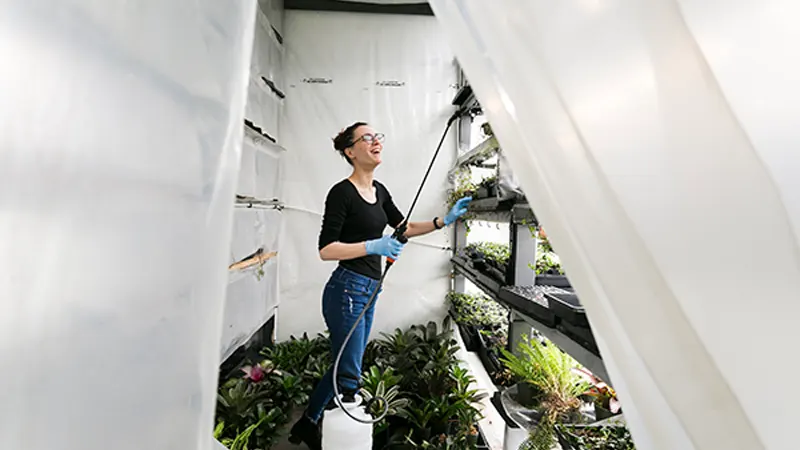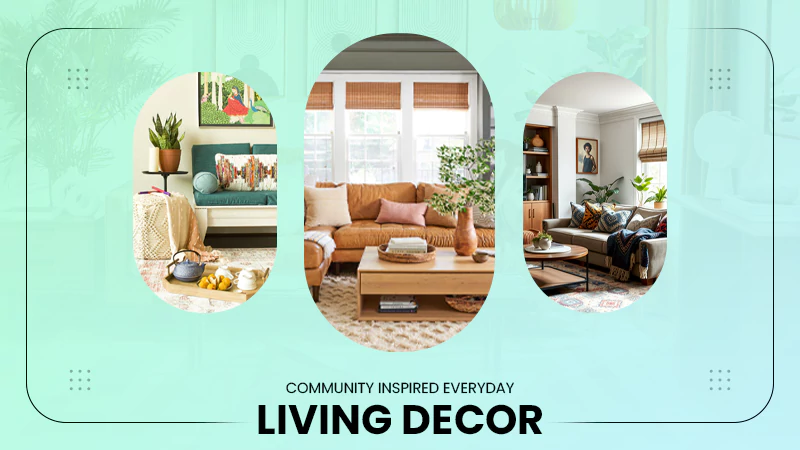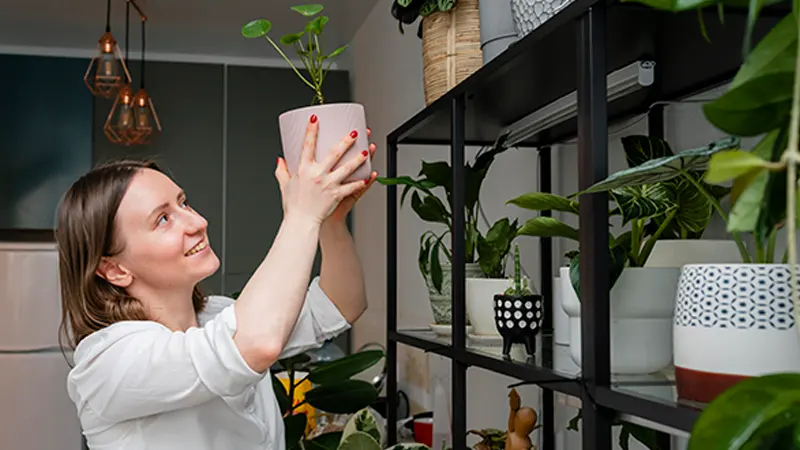Buying furniture online often feels like guesswork. A sofa might look perfect on the screen, yet it’s hard to imagine how it will actually appear in your living room. Shoppers worry about color accuracy, fabric texture, or whether the size will fit comfortably beside other pieces. Even the lighting in product photos can change how a finish looks.
This uncertainty makes people hesitate or abandon their carts. After all, no one wants to spend hundreds of dollars on something that might look completely different when it arrives. That’s where 3D product animation changes the game. Instead of relying on a few still shots, it shows furniture in motion — turning, opening, or catching the light just like it would in real life.
In this article, we’ll look at how 3D animation turns online shopping from a guessing game into a confident and engaging experience.
What 3D Product Animation Means for Furniture Shopping
3D product animation is a realistic digital video that presents a furniture piece from several angles with accurate lighting, texture, and color. Unlike static photos, it shows the product in action — drawers opening, surfaces reflecting light, or cushions slightly shifting when touched. This movement helps shoppers understand how the furniture looks and functions in real life.
Customers usually see these animations on furniture brand websites, online stores, and social media. Some companies use them in digital catalogs or promotional videos to highlight craftsmanship and design. By offering a fuller view, 3D product animation gives buyers a clearer picture of what they can expect and makes online shopping more reliable.
How 3D Animation Makes Online Furniture Shopping Easier
Every product has a rhythm. Animation gives that rhythm a voice. A wardrobe sliding open, a table unfolding, or a recliner adjusting its frame — each sequence shows how a piece behaves when it’s used, not just displayed. This makes the product feel designed for real life, not for a catalog.
These movements also uncover intention. You see the thought behind a mechanism, the balance of weight, the precision of joints. What could look decorative in a still picture suddenly makes sense when it moves. The design speaks through motion, explaining itself without captions.
Timing matters too. A slow reveal emphasizes craftsmanship; a quick transformation suggests practicality. That tempo tells viewers what kind of home the piece belongs to — calm and classic, or smart and adaptable.
Through motion, animation turns utility into story. It’s not about showing more angles but about showing how furniture interacts with people, space, and purpose.
Types of 3D Product Animation
3D product animation isn’t one-size-fits-all. Each format tells a different part of a furniture story. Some videos focus on how a piece is made — short assembly sequences that reveal sturdy joints and clear design logic. Others show how it works in daily life. In how-to animations, a bed folds smoothly into the wall, or a dining table extends for guests, showing how thoughtful design makes everyday living easier.
Feature demos and close-up animations take a more sensual approach. They highlight craftsmanship — the tension in a hinge, the precision of stitching, the way surfaces meet without gaps.
Story-driven animations take a different path. Instead of focusing on mechanics, they explore meaning. The pacing, light, and setting tell the story behind a collection — where the idea came from, what atmosphere it brings into a home.
Exploded-view animations go even further. They separate each part of the object — panels, screws, upholstery layers — to show what lies beneath the surface. This approach highlights engineering and materials, giving viewers a transparent look at how the product is built to last.
3D animations for design variations focus on choice. They present the same furniture piece in multiple colors, fabrics, or finishes, helping customers compare options without guessing. This format is especially effective for online catalogs where tactile feedback isn’t possible.
Finally, installation and promo animations close the circle. Installation clips make complex setups feel simple, guiding users step by step. Promotional 3D videos, meanwhile, elevate emotion — blending music, interiors, and mood to present furniture as part of a lifestyle, not just an object.
Together, these formats turn 3D animation into a versatile storytelling language for design.
Marketing Advantages for Home Brands and Designers
For furniture makers and interior brands, 3D animation is more than a visual tool — it’s a quiet engine that drives attention and trust. The same animation that helps a shopper choose a sofa also strengthens how a brand communicates its value.
Longer engagement is the first benefit. People stay to watch movement; it’s instinctive. When a product opens, adjusts, or glows, the eye follows the motion. This extra attention translates into more time on site and higher chances of conversion.
Then comes clarity, which naturally lowers return rates. Viewers know what to expect because they’ve already seen the furniture move, open, and function. That clear preview reduces disappointment and builds confidence at checkout.
Strong visuals also shape brand identity. Smooth animation, consistent lighting, and refined pacing create an impression of professionalism and taste. It’s the same principle as a well-styled photo shoot — only richer, because animation gives dimension and emotion to form.
Finally, 3D animations are adaptable assets. The same sequence can be used across platforms — websites, online stores, social media, and digital showrooms — without a single reshoot. This flexibility saves time, reduces production costs, and keeps every piece of content visually aligned.
In the long run, animation doesn’t just show furniture; it builds the experience around it — one that feels modern, reliable, and designed with care.
Conclusion: Bringing Design Closer to Reality
Good furniture doesn’t need filters — it needs to be seen clearly. 3D product animation lets that happen. It gives shape, motion, and honesty to design, so what you choose online is what arrives at your door. That clarity is the quiet strength of this technology, and the reason it’s becoming the new normal for how we look at furniture.
For brands, this means fewer doubts and stronger connections with their audience. For shoppers, it means confidence — the quiet assurance that what appears on screen will feel right at home. The bridge between imagination and reality is finally visible.
Behind each realistic video is a 3D product animation company that understands both design and emotion. Its role is to turn drawings and models into scenes that look believable, almost touchable. When this work is done with care, technology stops feeling distant — it becomes a tool that helps people see furniture as it truly is, long before it enters their homes.




